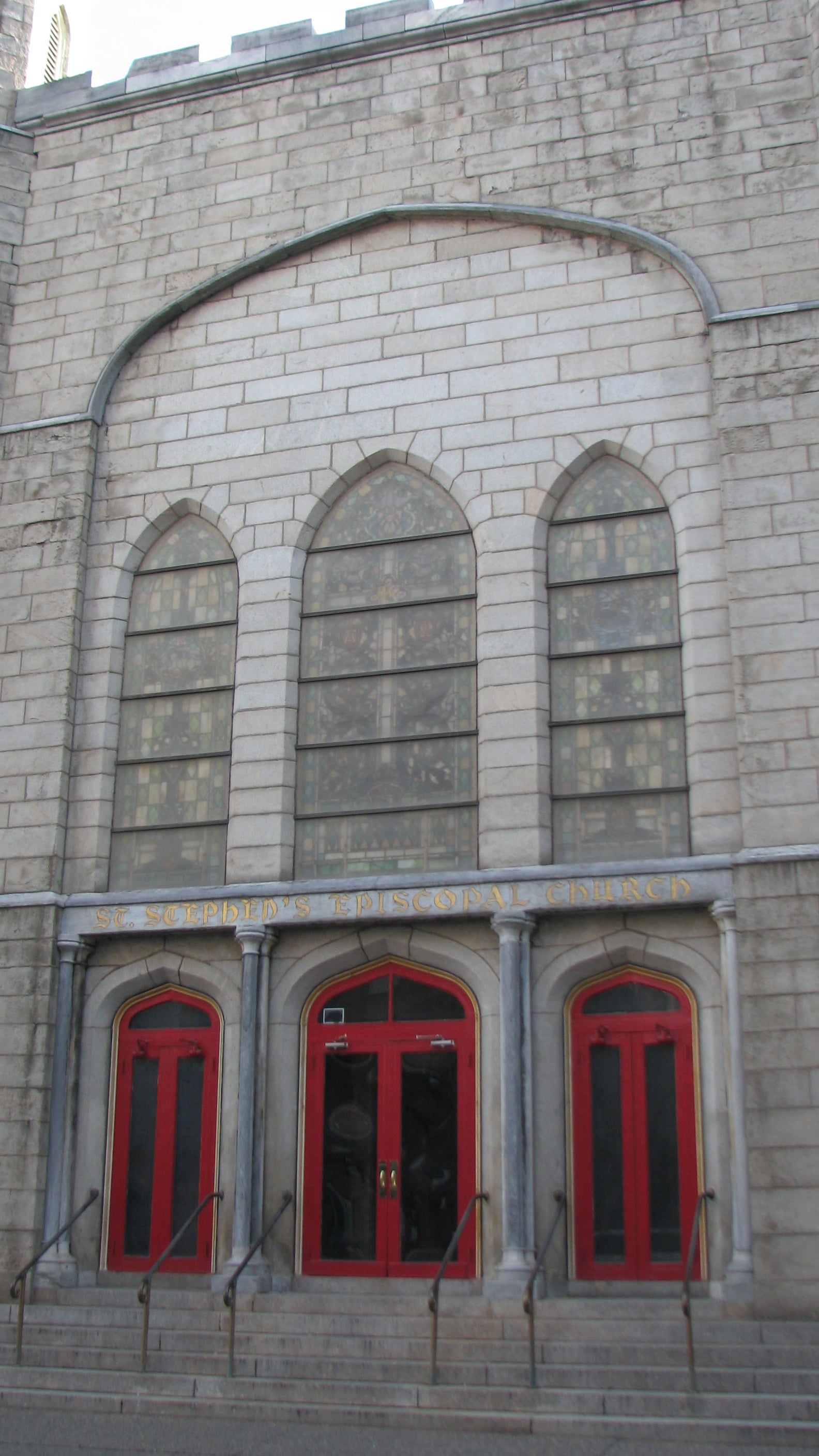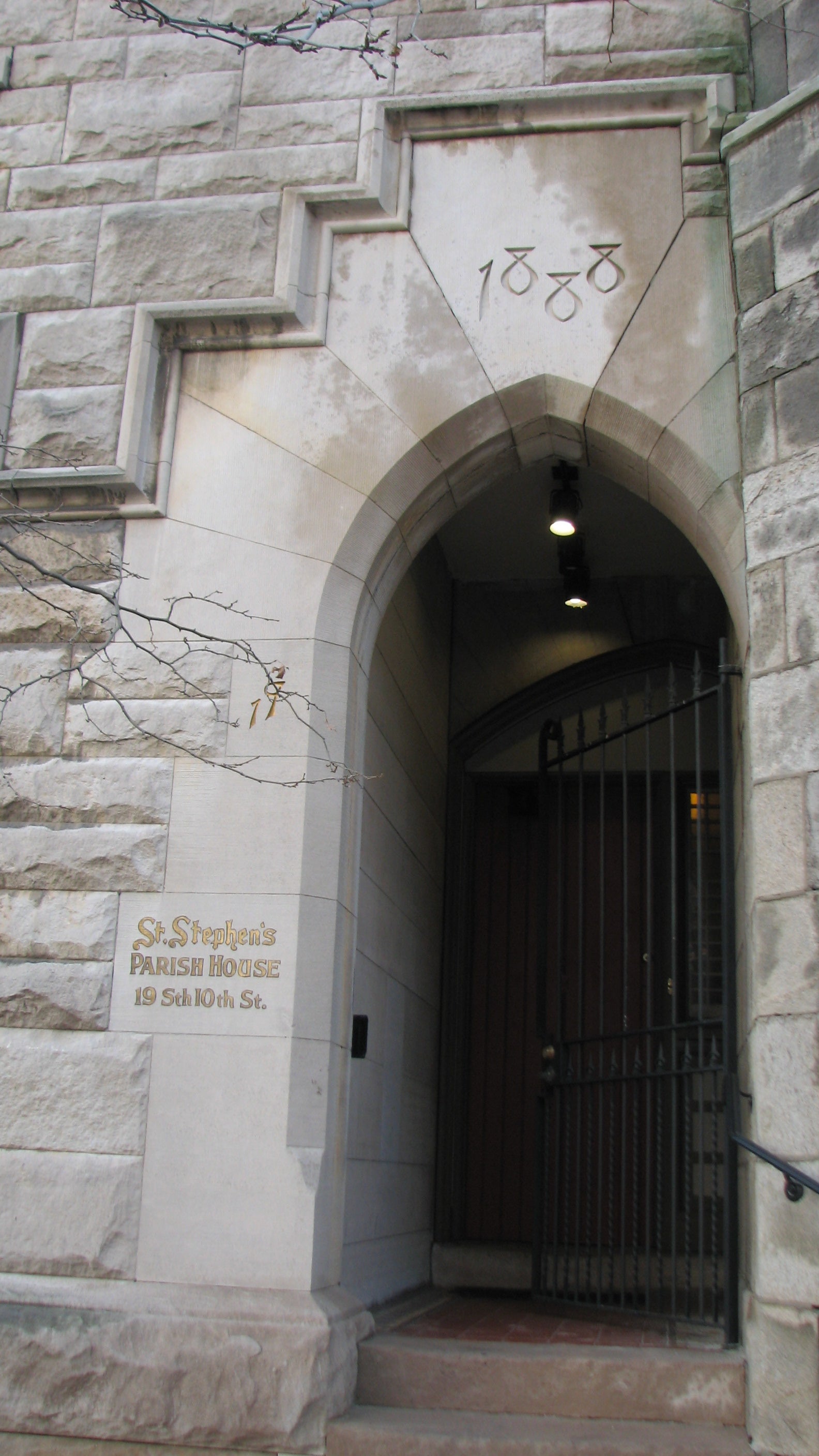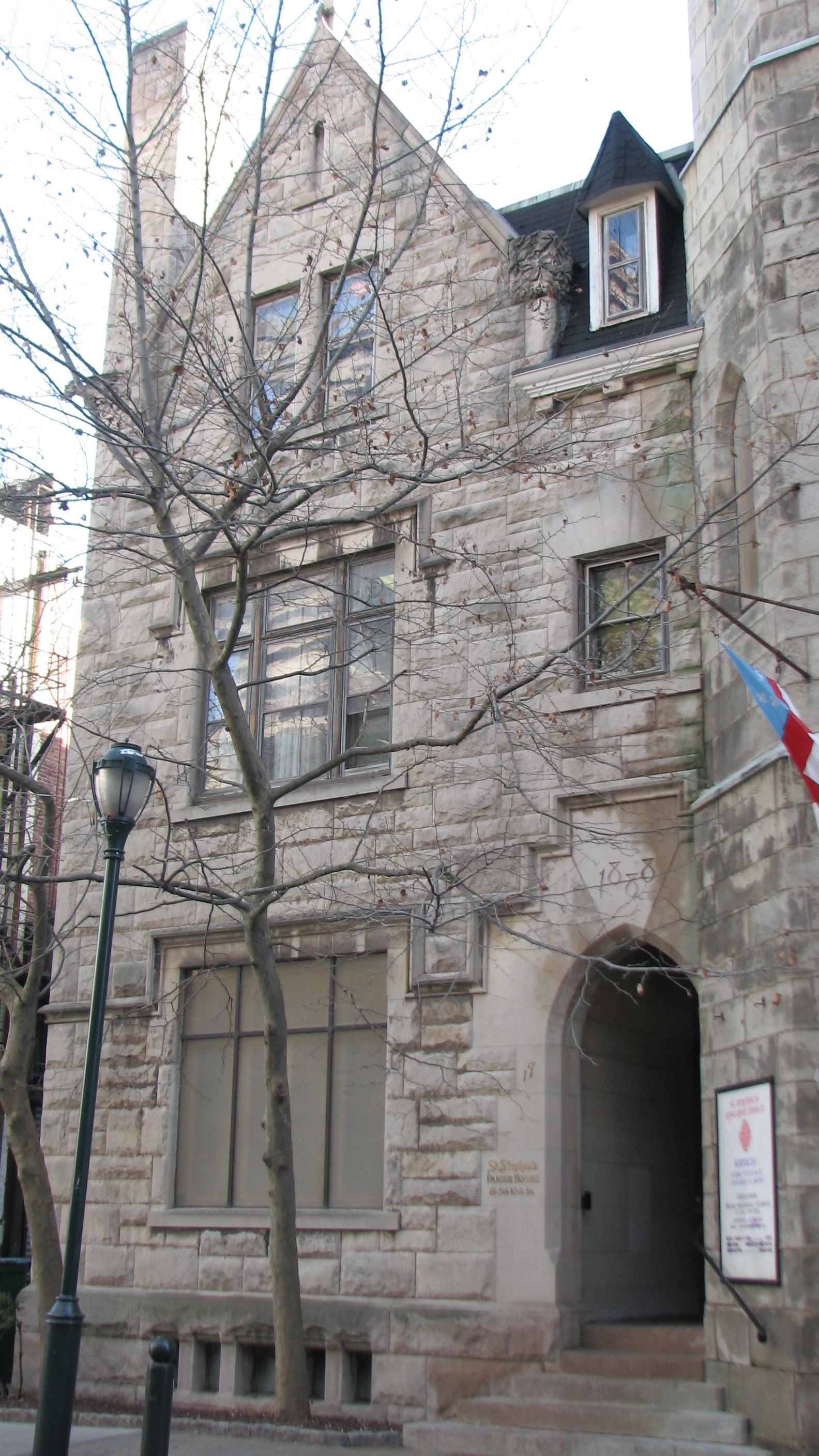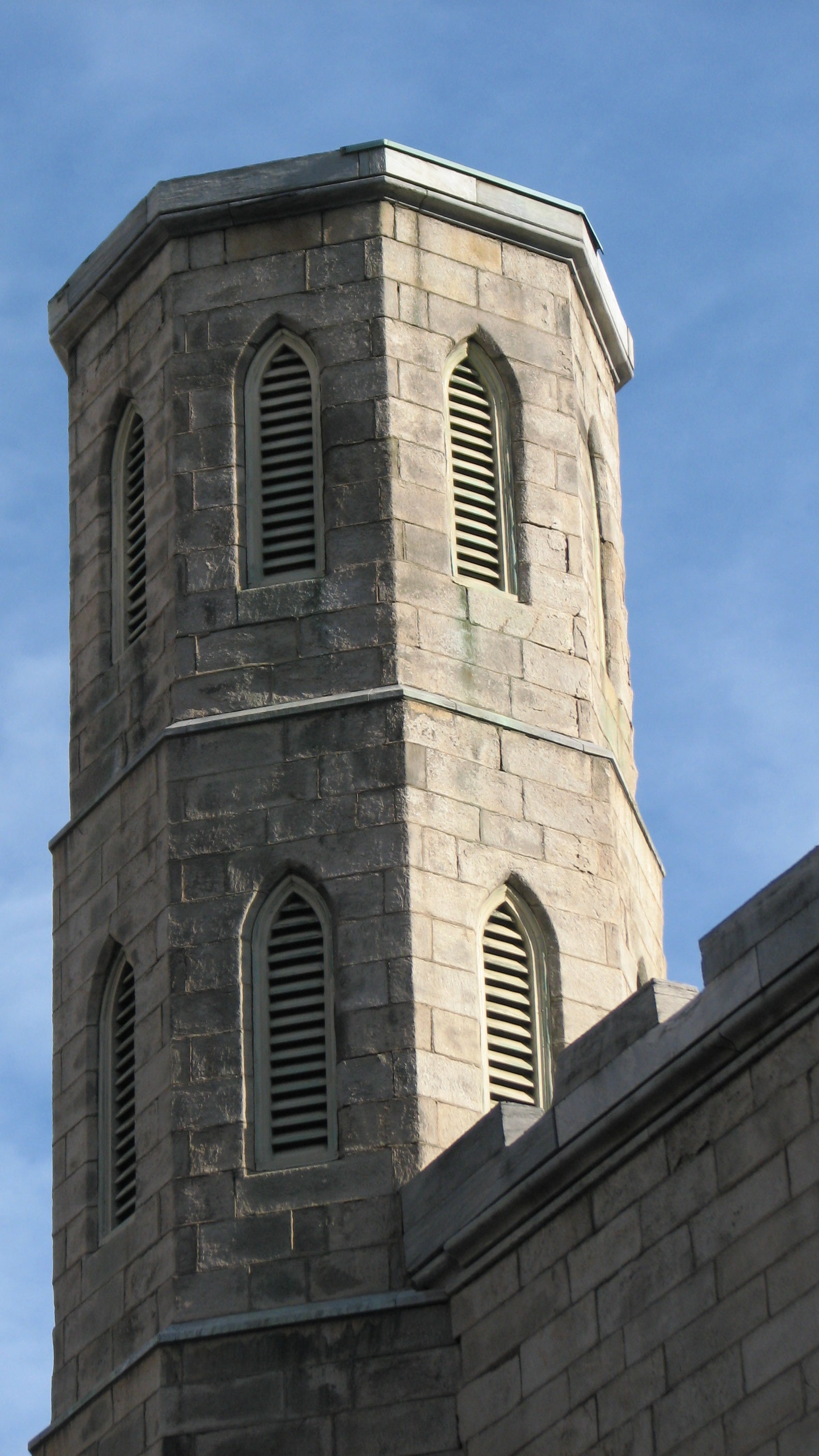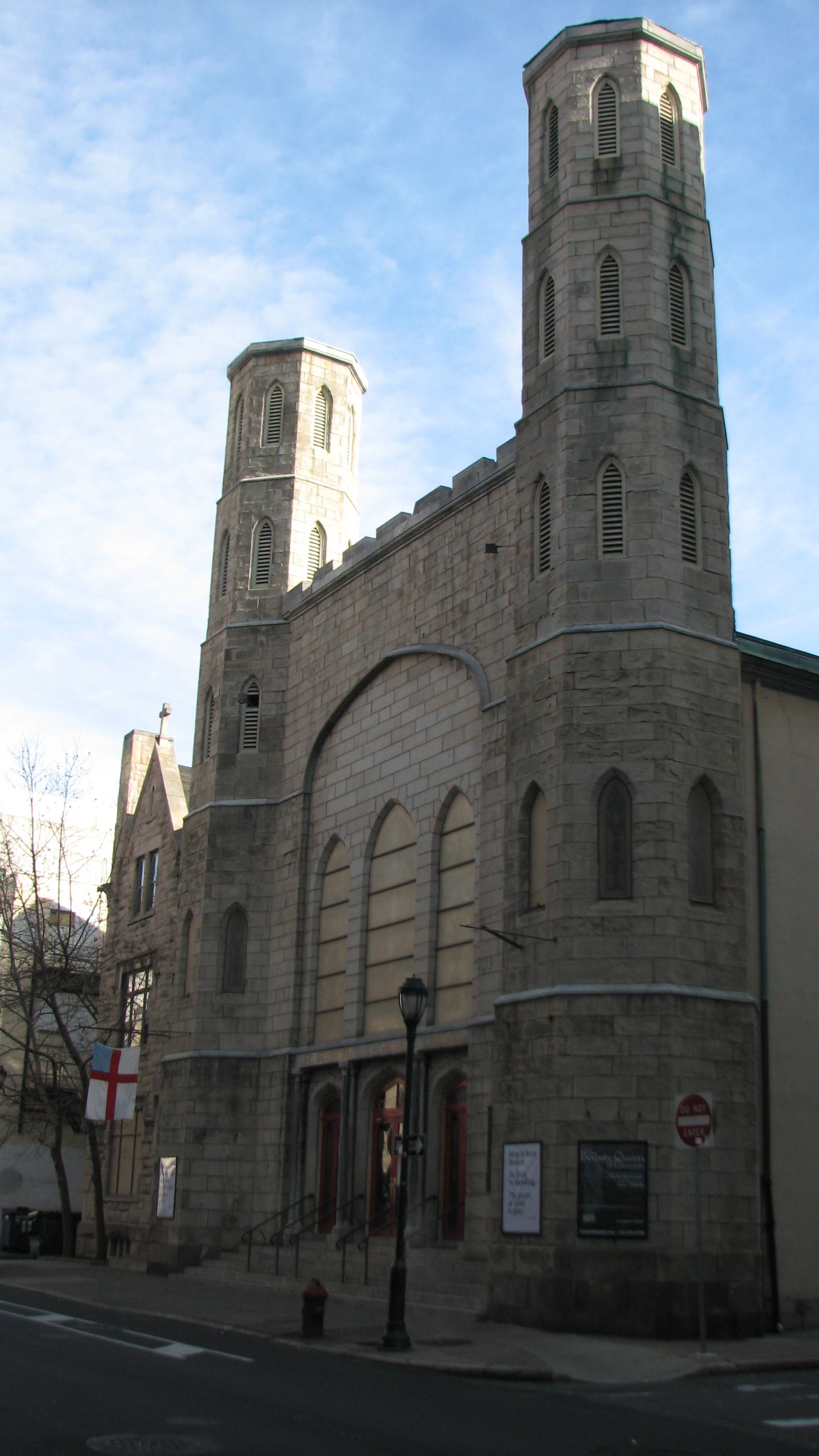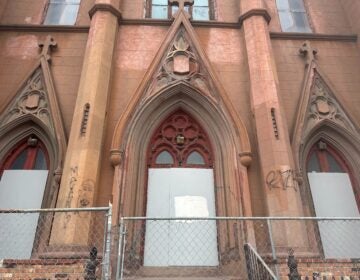Look Up! St. Stephen’s is a canvas of 19th century design
Three architects contributed distinctive styles to the landmark church on South 10th Street.
“Look Up!” is a PlanPhilly feature that encourages appreciation of our architectural and historical environment. The photo essays focus on different Philadelphia areas and their distinctive building styles and details, all of which make up the physical fabric of the city and region.
A few blocks away from the threatened twin spires of the Church of the Assumption is the twin-towered St. Stephen’s Protestant Episcopal Church, 19 South 10th Street. Fortunately, St. Stephen’s, built in three stages over the course of the 19th century, is a well-preserved landmark with a diverse, urban congregation, although it faces challenges in the increasingly commercial neighborhood.
The church was built on the site where Ben Franklin conducted his electrifying kite experiment, according to church lore. The original designer in 1823 was William Strickland, one of the nation’s leading proponents of Greek Revival architecture. Strickland celebrated the Greek ideals in his designs for Second Bank of the United States, the Merchants’ Exchange and the U.S. Naval Home.
But for St. Stephen’s, Strickland created a neoclassical building with the city’s first elements of the Gothic Revival style, and it is the only surviving example of the architect’s work in that style. Philadelphia’s first stained glass windows were manufactured for St. Stephen’s, according to church history, and three Tiffany windows still adorn the south wall.
In 1878, the church was enlarged with a transept and vestry room designed by Frank Furness. He also frescoed the interior of the church with stencils and in his High Victorian style.
Architect George C. Mason then designed the parish house west of the vestry room in 1888.
Contact the writer at ajaffe@planphilly.com.
WHYY is your source for fact-based, in-depth journalism and information. As a nonprofit organization, we rely on financial support from readers like you. Please give today.



